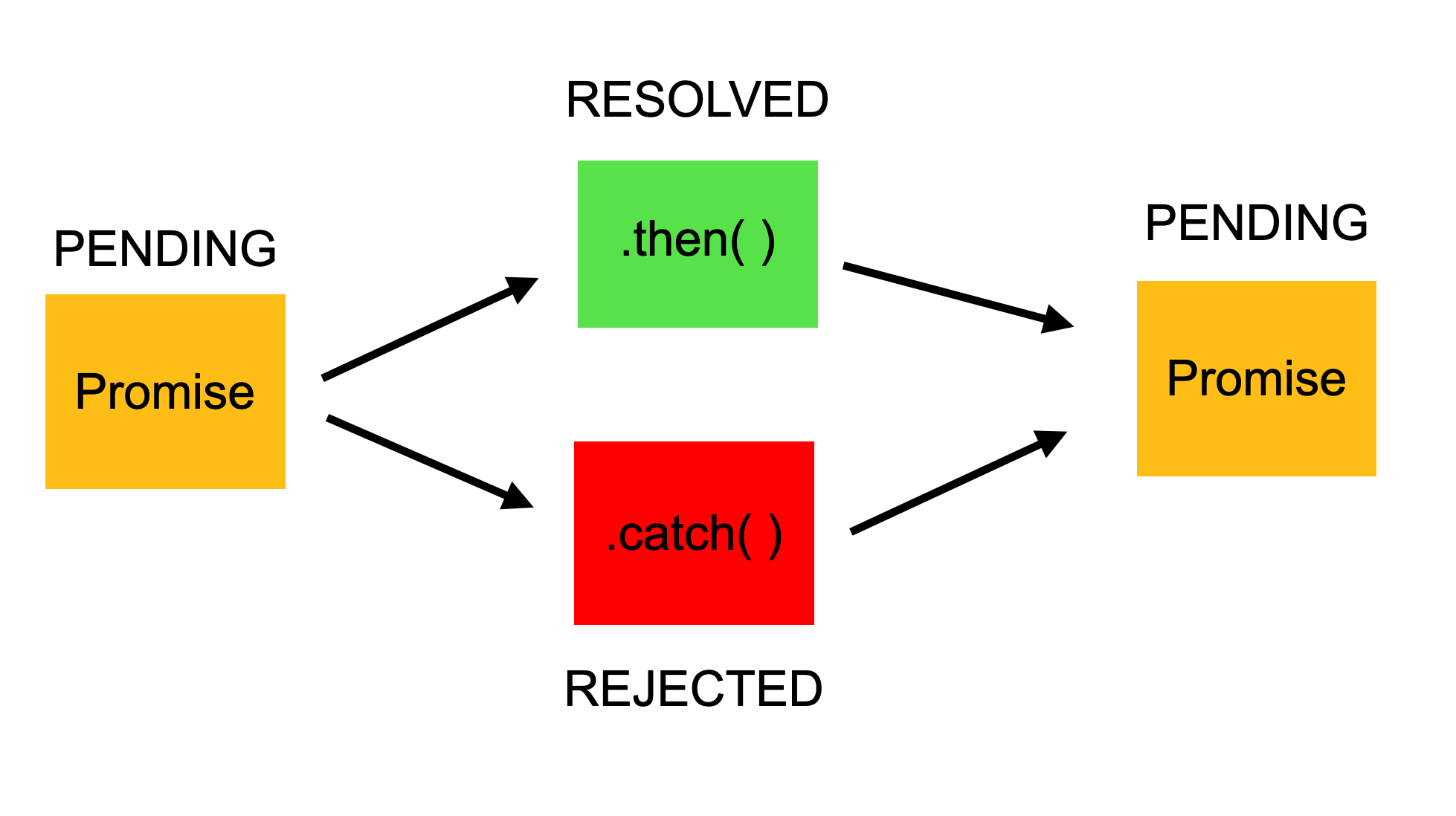Promises are one of the ways we can deal with asynchronous operations in JavaScript. Many people struggle with understanding how Promises work, so in this post I will try to explain them as simply as I can.
Promises are a broad topic so I can’t go into every detail in this article. But you’ll find an overall introduction to what Promises are, explanations of terms like resolve, reject, and chaining, and a code example for creating and using Promises.
Prerequisite: To understand this article better, check out my other post about JavaScript Callbacks.
What is a Promise?
A promise in JavaScript is similar to a promise in real life. When we make a promise in real life, it is a guarantee that we are going to do something in the future. Because promises can only be made for the future.
A promise has 2 possible outcomes: it will either be kept when the time comes, or it won’t.
This is also the same for promises in JavaScript. When we define a promise in JavaScript, it will be resolved when the time comes, or it will get rejected.
Promises in JavaScript
First of all, a Promise is an object. There are 3 states of the Promise object:
- Pending: Initial State, before the Promise succeeds or fails
- Resolved: Completed Promise
- Rejected: Failed Promise

Representation of the process of Promises
For example, when we request data from the server by using a Promise, it will be in pending mode until we receive our data.
If we achieve to get the information from the server, the Promise will be resolved successfully. But if we don’t get the information, then the Promise will be in the rejected state.
Additionally, if there are multiple requests, then after the first Promise is resolved (or rejected), a new process will start to which we can attach it directly by a method called chaining.
If you prefer, you can also watch the video version below:
What is the difference between Callbacks and Promises?
The main difference between Callback Functions and Promises is that we attach a callback to a Promise rather than passing it. So we still use callback functions with Promises, but in a different way (chaining).
This is one of the greatest advantages of using Promises, but why?
#javascript #developer #es6 #web-development
